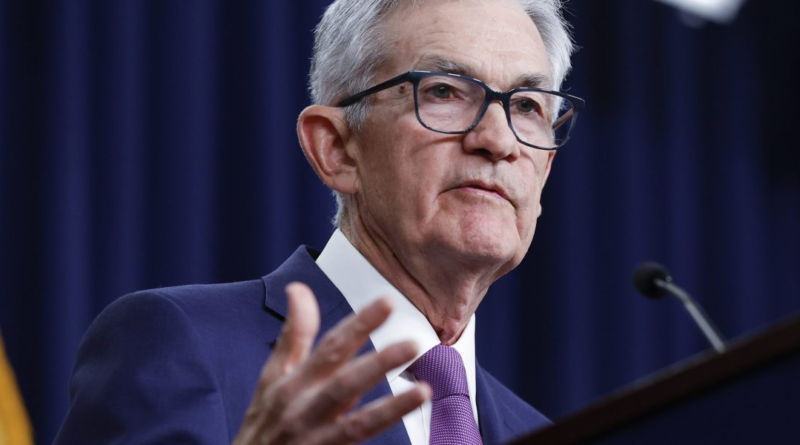Fed’s Powell pushes back against Corporate America’s RTO mandates,
If Corporate America was hoping Fed chair Jay Powell would provide ammunition in the ongoing battle to end the scourge of remote work, instead it got friendly fire.
Three years on from the rollout of life-saving COVID vaccines and the gradual ending of pandemic-era lockdowns, the central bank governor said the economy had fundamentally changed as a result of working from home.
“We do see that it looks like it’ll be a persistent thing,” he told weekly news program 60 Minutes on Sunday.
Immediately following the pandemic, many CEOs who were struggling to combat the effects of the Great Resignation promised remote work would remain an option. This prompted many workers to leave cities like San Francisco and New York for more affordable places far outside the boundaries of a daily commute.
Some of these employees now face a dilemma amid a concerted push by employers to gradually roll back part, if not all, of the WFH flexibility, with CEOs like Elon Musk and David Solomon of Goldman Sachs among the most vocal opponents.
At the start of this year, even an internet company tellingly had enough of workforce flexibility, releasing a video that made headlines for its mandate’s tone-deaf messaging. “We’re not asking or negotiating at this point, we’re informing,” Internet Brands CEO Bob Brisco said in the video, curiously set against the cheerful music track “Iko Iko”.
Programmers at SAP, an enterprise software vendor that competes with Salesforce and Oracle, meanwhile helped lead a veritable rebellion over management’s attempt to roll back pandemic era policies.
But employers are not backing down so easily. To enforce their will, many are actively monitoring turnstile data to judge the frequency and even more importantly the length of time their workers are there, amid suspicions some only go into the office for as brief a period as possible.
A recent survey from BetterUp indicated the number of primarily remote roles has since been cut in half. For the average U.S. employee, returning to the office means spending $561 per month to meet the added cost of transportation, child care and other obligations—the equivalent of an average month’s grocery bill for a two-person household.
In this context, Powell did acknowledge the increasing efforts to clamp down on WFH privileges, but remained skeptical that Americans would ever embrace a full return to the status quo ante.
“The jury is out on how frequent that will be or how prevalent that will be,” he told 60 Minutes.
Powell ‘happy’ to admit Fed was wrong not to tighten earlier
One argument often cited in defense of return to office mandates is the harmful economic impact of expensive office buildings remaining largely vacant. This leads to knock-on effects as businesses dependent on their employees for customers—downtown cafes and lunch spots for example—also suffer from the lower foot traffic.
Importantly Powell pushed back on fears the U.S. banking system faces a systemic problem from commercial real estate loans.
“There’s some smaller and regional banks that have concentrated exposures in these areas that are challenged, and we’re working with them,” he said, suggesting only lenders of minor importance would need to be closed down or merged with healthier ones.
In the wide-ranging interview, Powell also acknowledged the Fed had acted too late in counteracting inflationary pressures in 2021, believing it was largely a transitory effect of supply chain problems stemming from the pandemic.
“The data were kind of friendly to that assessment, to that hypothesis, right up to the point when they weren’t,” he said. “In hindsight, it would have been better to have tightened policy earlier. I’m happy to say that.”
Powell added that higher prices for staple goods is a prime factor that leaves Americans feeling “relatively dissatisfied with what is otherwise a pretty good economy”.
He also warned it was “past time to get back to an adult conversation” about the unsustainable fiscal path of the U.S. federal government, whose debt is was expanding at a rate faster than the country’s gross domestic product.




